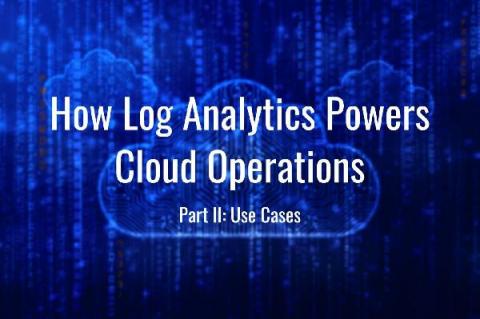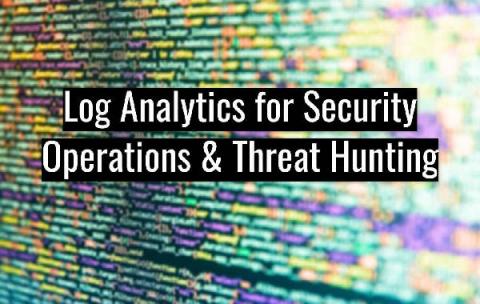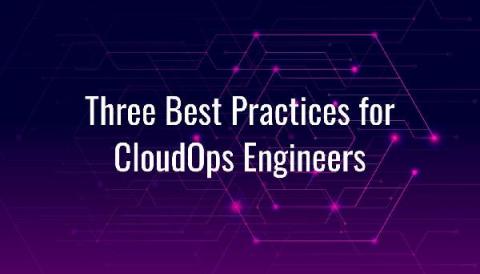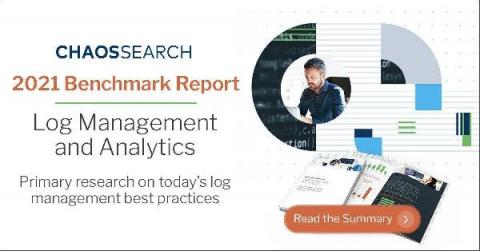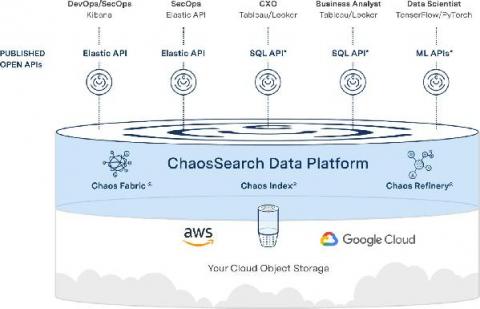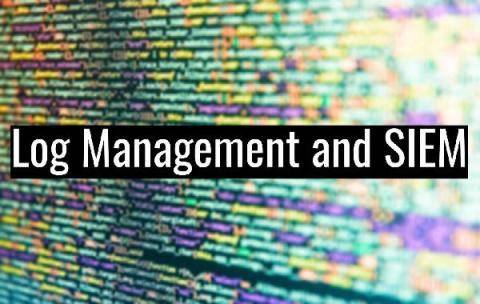Think you need a data lakehouse?
In our Data Lake vs Data Warehouse blog, we explored the differences between two of the leading data management solutions for enterprises over the last decade. We highlighted the key capabilities of data lakes and data warehouses with real examples of enterprises using both solutions to support data analytics use cases in their daily operations.



